The best Google TVs of 2025
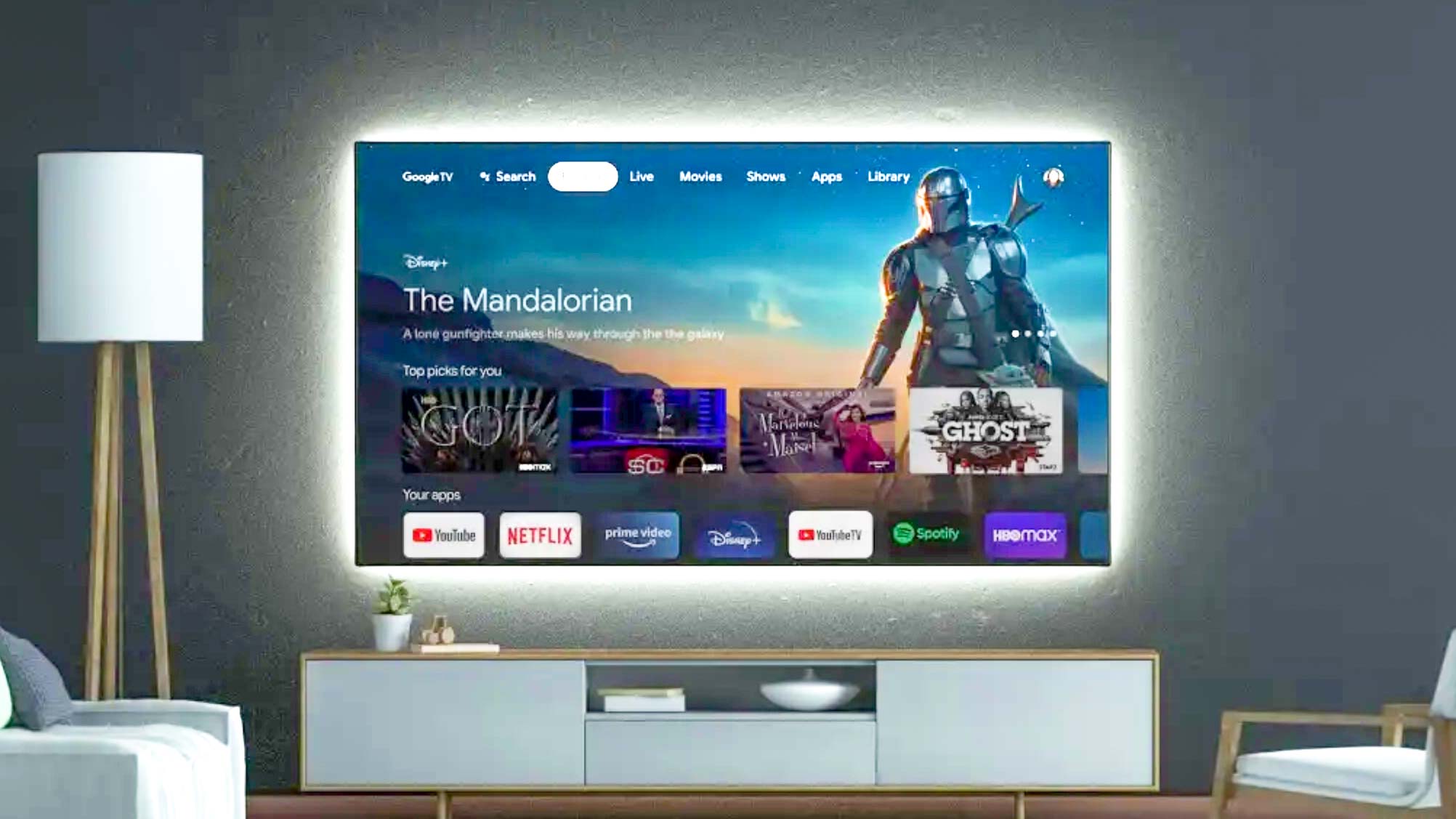
The best Google TVs are some of the best smart TVs you can buy. That's because Google TV is one of the best smart platforms you can get due to its easy-to-use interface and robust app support.
Google TVs also come with Chromecast built-in, and Google Assistant, too. That makes controlling a Google-based smart home incredibly easy and sharing videos from your phone or tablet a cinch.
So where do you find the best Google TVs? After years of testing, we've found the best ones right now come from Sony and Hisense. Right now, the top of the list is the Sony A95L OLED, one of the best TVs we've ever tested.
But there are plenty of options here for most budgets, and right now, we're hard at work testing all-new 2025 Google TVs. Some of the TVs we're testing right now will eventually end up on this list.
The best Google TVs you can buy
Why you can trust Tom's Guide

Specifications
Reasons to buy
Reasons to avoid
When it comes to Google TVs, there are none better than the Sony A95L OLED. It uses a QD-OLED panel that balances the best of both QLED and OLED TVs, plus its Cognitive XR Processor is custom built to make Google TV run smooth as butter.
As far as actual picture quality is concerned, the A95L is top of its class: The A95L can cover 99.95% of the UHDA-P3 color gamut and a ground-breaking 89.41% of the Rec2020 color space. That's better than any other TV we've ever tested. Brightness can be a bit low (this is built on an OLED panel, remember) but 1,215 nits in HDR, it's plenty bright enough to do justice to your favorite films and TV shows.
If there's any big drawbacks to the A95L, it's that it has a relatively high input lag of 16.1ms. That's going to make this set less-than-ideal for gamers. However, if you just plan on using this to stream content from services like Netflix, Amazon, Hulu, Max and others, this won't be something you need to worry about.
Read our full Sony Bravia XR A95L review.
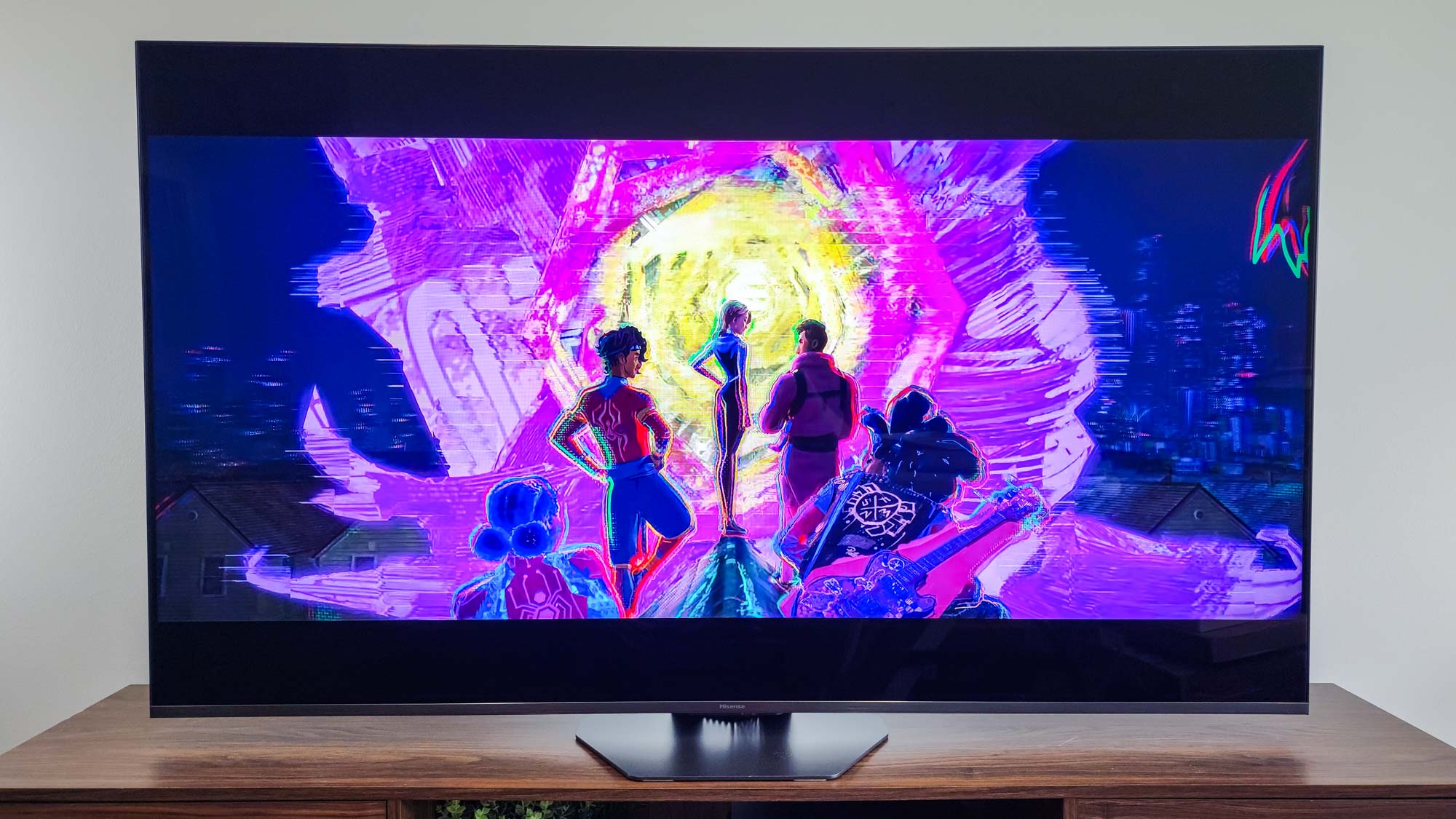
Specifications
Reasons to buy
Reasons to avoid
The Hisense U8QG isn't the most budget-friendly Google TV, but it punches well above its weight when it comes to performance and features. Essentially, you're getting a lot for your money.
This Google TV leverages Mini-LEDs for tighter backlight control than what you'll find on standard LED sets, and thanks to the nifty, color-boosting nature of quantum dots, you're getting some serious color volume that'll have HDR movies looking especially cinematic.
But the main reason some folks may want to go with the U8QG above other TVs in its class is its brightness. This is one of the brightest TVs we've tested in 2025, so not only will it deliver impressive HDR performance, the picture will hold up during daytime viewing, too.
In his review, my colleague Ryan Epps noted that Google TV demonstrated occasional slowdown on the U8QG, but that the platform's app selection and search functionality made it a worthy tradeoff. If you're looking for a bright, gaming-ready Google TV and still want to save some cash, the U8QG is a great candidate.
Read our full Hisense U8QG Mini-LED TV review.
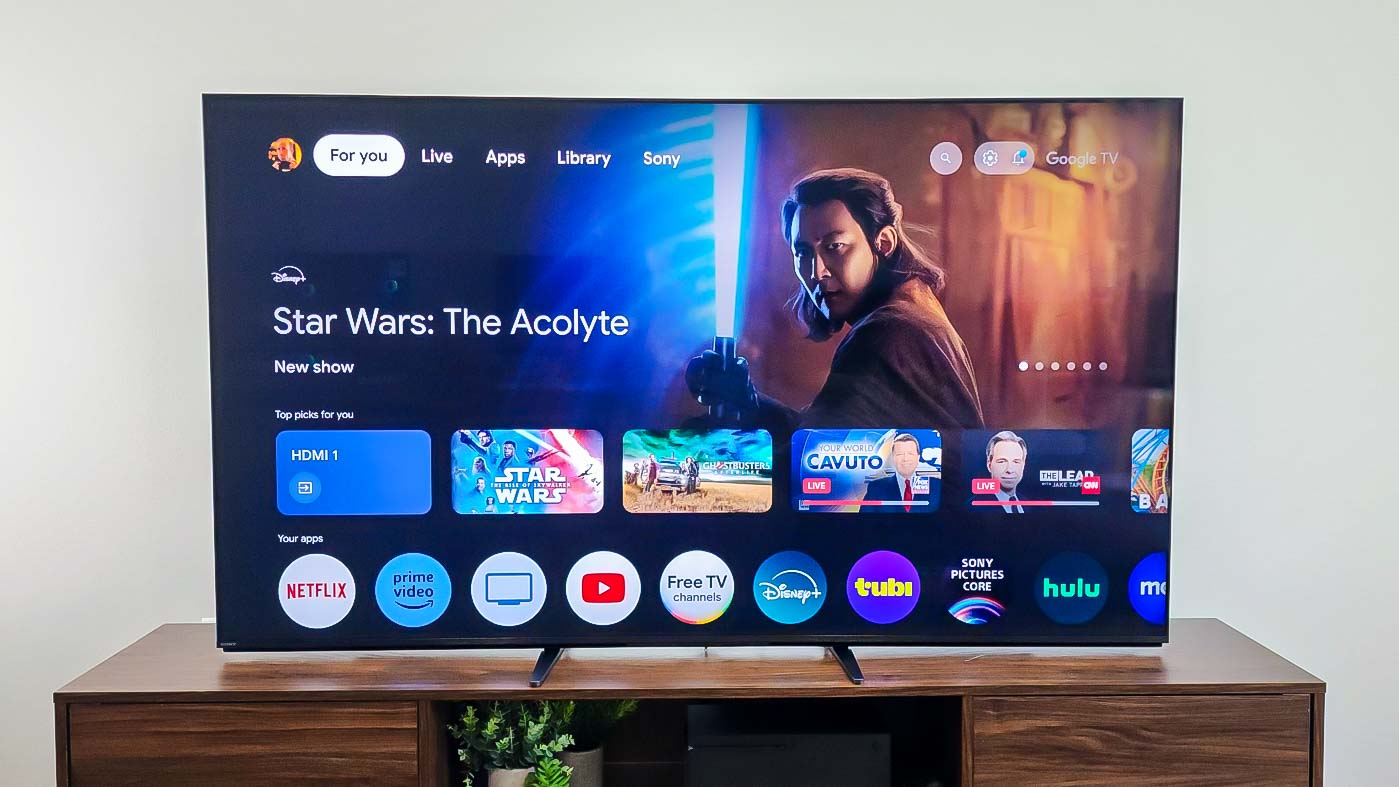

Specifications
Reasons to buy
Reasons to avoid
Looking for a top-of-the-line Mini-LED Google TV? The Sony Bravia 9 is about as good as it gets in this class.
Not only is the Bravia 9 capable of sensational brightness (around 2,700 nits in HDR), its Mini-LED backlight control is among the best we've ever seen. As a result, the picture looks downright OLED-like in its presentation.
Although the Bravia 9 is one of the best Google TVs for movies, shows and sports, it's not quite as impressive when it comes to gaming support. There are only two HDMI 2.1 inputs here (one of which serves as the TV's eARC port), and unlike other Google TVs on this list, it won't support 4K gaming at 144Hz. Still, if you only plan on using current-gen game consoles with your next TV, the Bravia 9 should suffice; it supports 4K gaming at 120Hz.
The Bravia 9 is one of the pricier Google TVs on this list, but it's worth a look if you're shopping for a top-tier Mini-LED TV.
Read our full Sony Bravia 9 review.
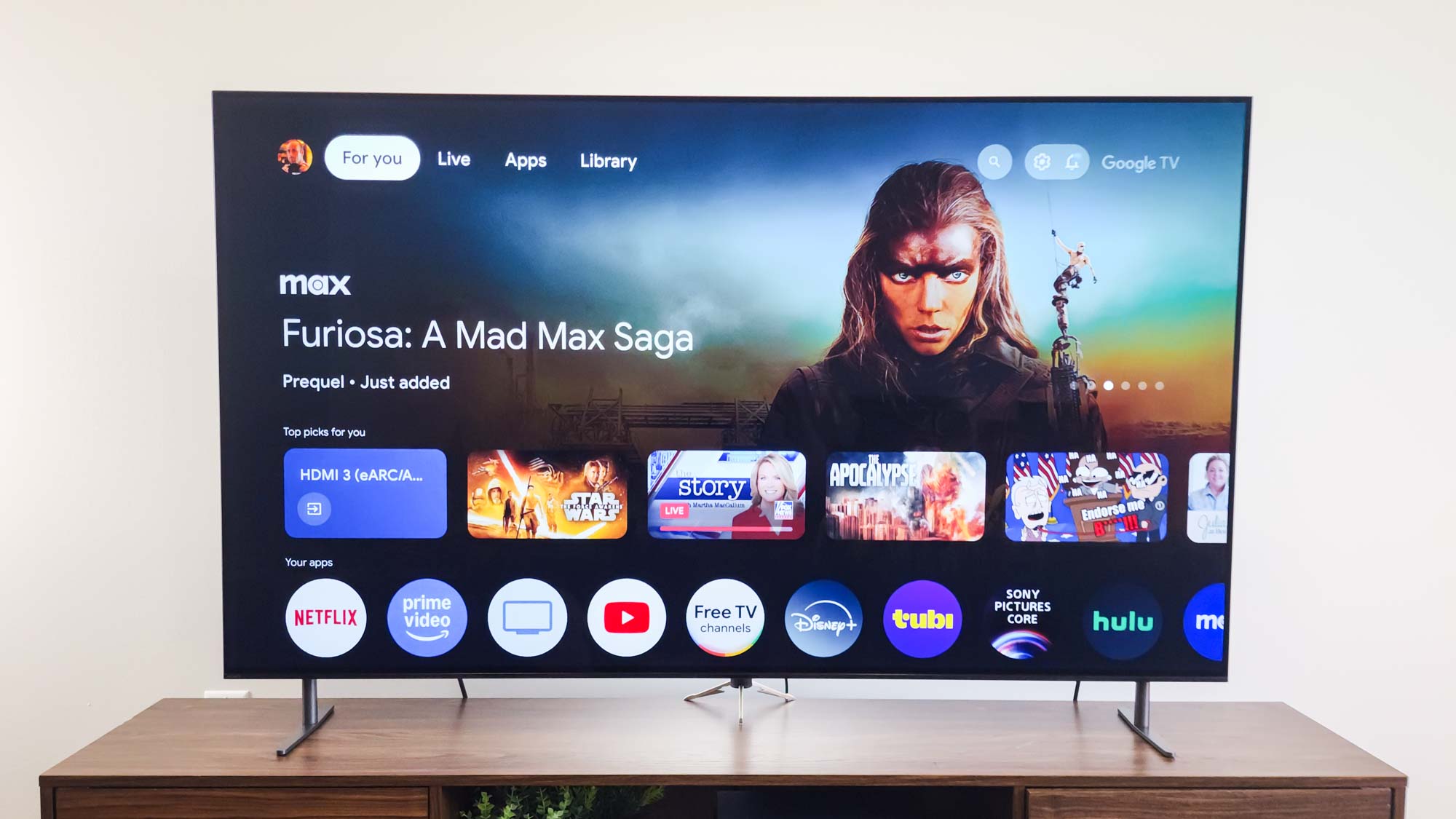
Specifications
Reasons to buy
Reasons to avoid
Sony's latest OLED is the Bravia 8, an excellent TV for every occasion, but one that isn't as flashy as some of its OLED-based competitors. Nevertheless, if you're hesitant to splash out on the A95L, the Bravia 8 is one of the few other OLED TVs that comes with Google TV built in.
The Bravia 8 doesn't get nearly as bright as the Sony A95L, and it doesn't offer quite as much in the way of color volume. You are, however, getting Sony's exceptional picture processing, which tackles everything from motion handling to upscaling better than most TVs. (You can thank Sony's engineers for that.)
Like the other Sony-branded Google TVs on this list, the Bravia 8 is limited to two HDMI 2.1 inputs, and one of them is pulling double duty as the dedicated eARC port. Gamers with more than one console might be better off exploring alternatives.
But the Bravia 8 is an excellent choice if your first choice is a Sony OLED TV with Google built right in.
Read our full Sony Bravia 8 OLED review.
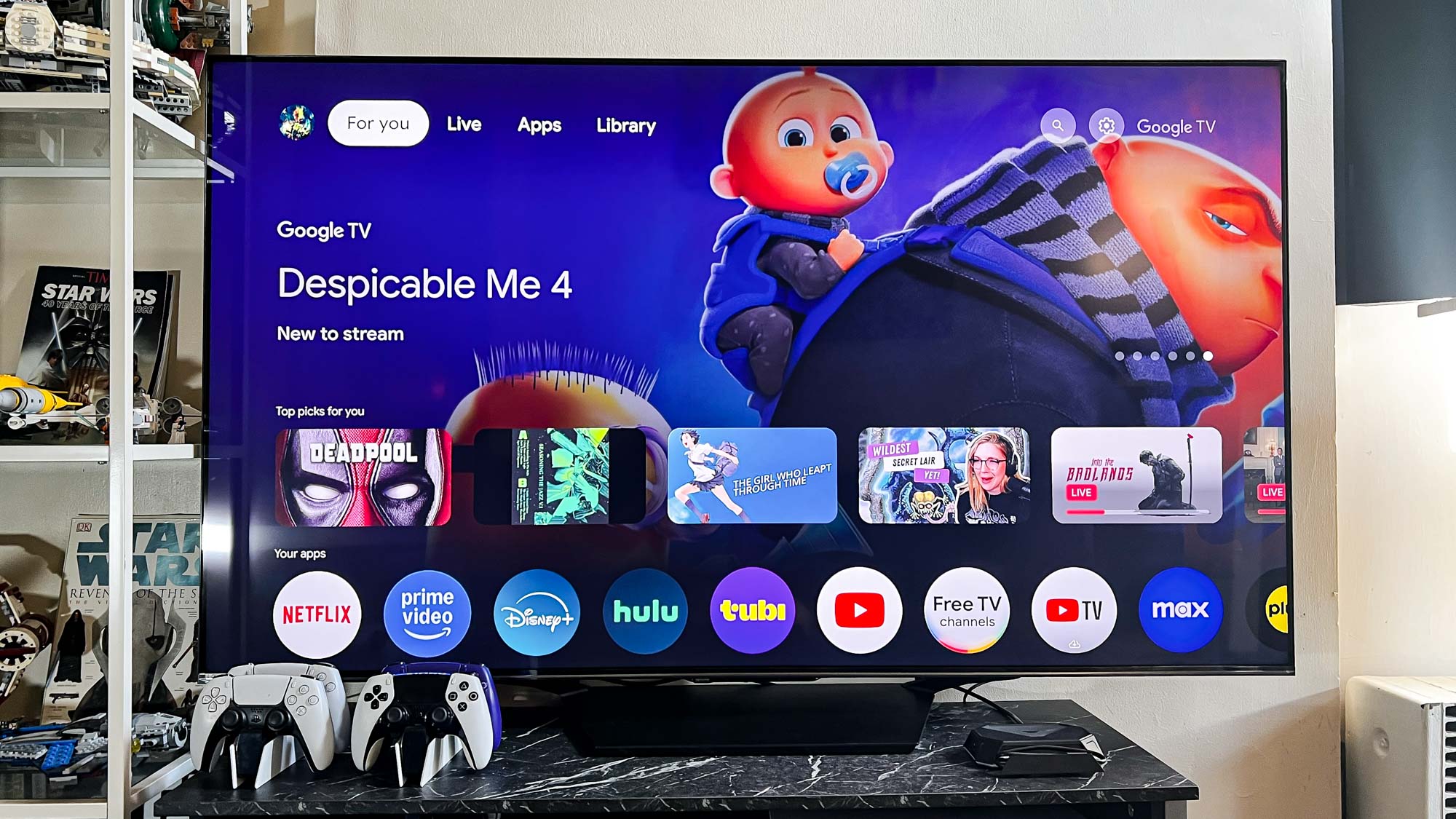
Specifications
Reasons to buy
Reasons to avoid
The Hisense U7N is a bright, colorful Google TV with better HDR performance than most sets in its price range.
You won't find 3,000+ HDR brightness levels on the U7N, but it gets plenty bright for specular highlights to pop. It'll also hold up in sunny rooms.
The U7N's built-in Google TV platform runs smoothly despite the TV's relatively modest processing power. In addition, the U7N supports 4K gaming at up to 144Hz across a pair of HDMI 2.1 inputs.
If you're looking to save as much money as possible on a budget-friendly Google TV that still punches above its weight, the U7N is a reliable pick.
Read our full Hisense U7N review.
What is Google TV?
If you looked at the above list and noticed that some are Google TVs and others are Android TVs, you probably asked yourself the very reasonable question: what's the difference between Google TV and Android TV?
Both are based on Google's Android software, the same operating system found on smartphones, tablets, and other smart devices. For several years the TV-centric version of Android was simply known as Android TV. Ever since Android 8.0 was introduced in 2019, we've considered Android a top player in the smart TV space.
Starting in late 2021 with the rollout of Android TV 11, Google has renamed the operating system as Google TV. Going forward the Android TV name will be dropped, and all Google-powered smart TVs will be Google TV in the coming years.
But the differences go beyond the name. Google TV is a significant update from the previous version of Android, with a new interface, better live TV integration and discovery, a mobile remote, and personal accounts, including watchlists and kids accounts with parental controls baked in.
Get a more detailed look at the improvements that come with Google TV in our article Google TV vs. Android TV: What's the difference?
Are there new Google TVs for 2025?
This year, several TV lineups from major brands are set to feature the Google TV smart platform.
2025 Sony TVs — including the all-new Bravia 8 II OLED — will run on Google TV. The Bravia 8 II is the spiritual successor to the A95L, our current number-one pick on this list. Mid-range and entry-level options like the Bravia 5 and Bravia 2 II will also feature Google’s software suite.
In addition to the U8QG, the rest of the Hisense 2025 TV lineup is flush with Google TVs. However, it’s worth noting that its entry-level Mini-LED TV, the Hisense U6QF, runs on Amazon Fire TV (hence the “F” in the model name).
Keep an eye on the newest TCL Mini-LED TVs, too. Both the entry-level TCL QM6K and the mid-range TCL QM7K are fantastic Google TVs for folks who are looking for a value-forward, budget-friendly upgrade.
When prices settle and inventory on 2024 TVs runs out, any number of these TVs could graduate to this list.
How to pick the best Google TV or Android TV for you
If you've already settled on a Google TV or Android TV model, then you've narrowed down your TV shopping considerably. But there are still several important elements to consider when finding the right TV for you. Here are the most important details to think about.
Size: You won't have to compromise on screen size, either. Or recommendations above include great options at 55, 65 and even 75-inch sizes, so your budget doesn't have to prevent you from getting a TV that's just as big as you want. Find the screen size that works best for you in our article What size TV should you buy?
HDR: For the best picture, we recommend getting a set that offers high dynamic range (HDR) support. HDR10 is the base standard, while Dolby Vision is a higher-caliber format, and we recommend opting for Dolby Vision support when you have the choice.
Pay attention to ports: We recommend getting a TV with 4 HDMI ports whenever possible. And even though they do cost more, we prefer TVs that have HDMI 2.1 connections. They offer better gaming features and will keep your TV up to date for much longer.
From smart functions to port selection, we offer plenty of advice in our TV buying guide, which explains the ins and outs of features like HDR, different types of display, and even extended warranties. And if you still have questions about smart TV features and capabilities, check out Smart TVs: Everything you need to know.
How we test Google TVs and Android TVs
Every TV review, whether it has Google TV, Android, or any other smart TV software, is put through a standardized set of benchmark tests to measure the key elements of TV performance. Our lab tests measure several elements of picture quality, such as color accuracy, color gamut, brightness and contrast.
In addition to lab testing, every TV is also evaluated by the reviewer with extensive hands-on use. We'll watch movie clips, play test footage, and hook up one of the latest game consoles to see how well the TV performs in real world use.
These objective test results and personal evaluations combine in our reviews to give readers as accurate a description as possible of how well a TV performs. How does it look, sound and function? From the design of the remote to the smart functions and port selection, we look at every piece of the TV puzzle to help you know whether a TV is right for you.
If you've narrowed down your TV shopping by brand, price range or screen size, check out our picks for the best TVs in each.
Best TVs | Best 4K TVs | Best smart TVs for streaming | Best TVs for gaming
The best TVs under $1000 | The best TVs under $500
Best TV brands | Best Samsung TVs | Best TCL TVs | Best LG TVs | Best Roku TVs | Best OLED TVs | Best QLED TVs | Best 8K TVs | Best HDMI 2.1 TV | Best TVs with ATSC 3.0 | Best TVs with Chromecast
The smallest smart TVs | Best 43-inch TVs | Best 50-inch TVs | Best 55-inch TVs | Best 65-inch TVs | Best 70-inch TVs | Best 75-inch TVs | Best 85-inch TVs
And don't forget to watch out for the latest TV reviews.
Get instant access to breaking news, the hottest reviews, great deals and helpful tips.
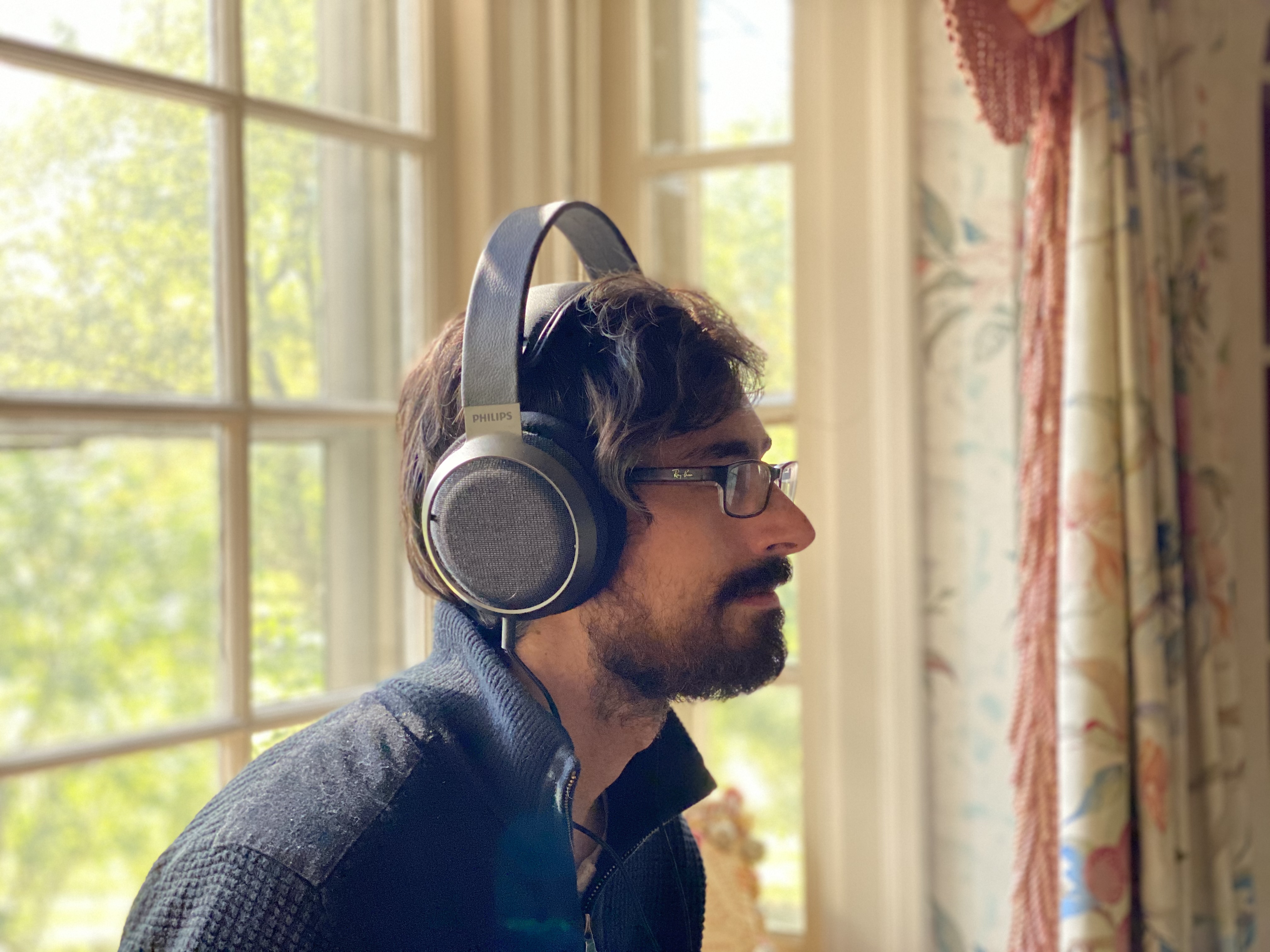
Nick Pino heads up the TV and AV verticals at Tom's Guide and covers everything from OLED TVs to the latest wireless headphones. He was formerly the Senior Editor, TV and AV at TechRadar (Tom's Guide's sister site) and has previously written for GamesRadar, Official Xbox Magazine, PC Gamer and other outlets over the last decade. Not sure which TV you should buy? Drop him an email or tweet him on Twitter and he can help you out.
- Michael DesjardinSenior Editor, TV
